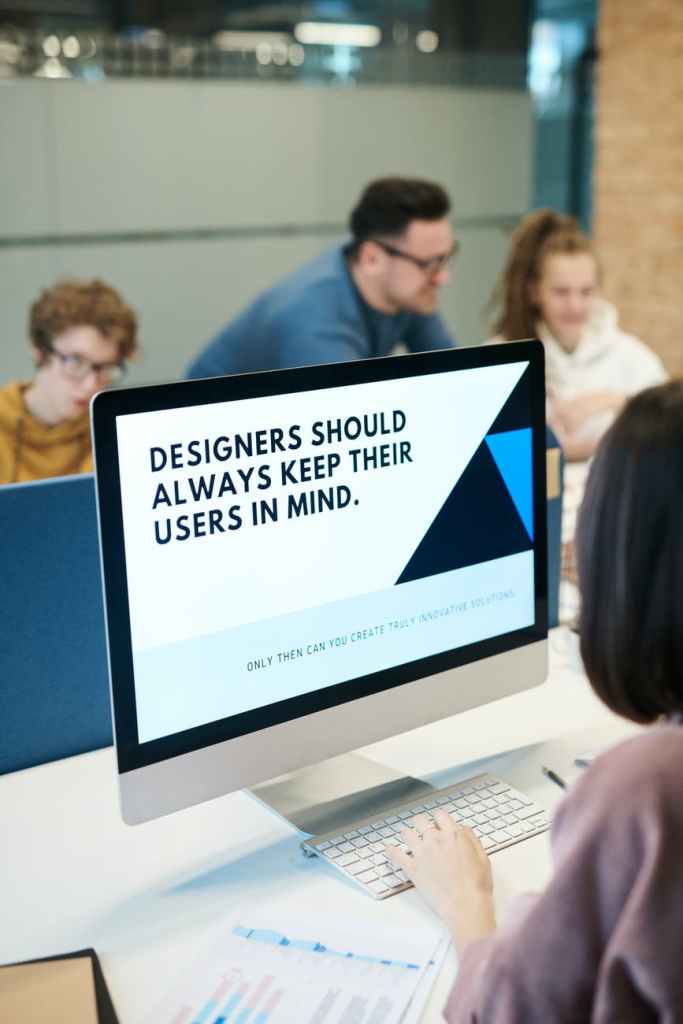
The next factor in the design for asynchronous learning I mentioned last week is about accessibility.
I’ve mentioned the 4 facets of digital literacy before:
- Can/Can’t
- Will/Won’t
- Have/Haven’t
- Should/Shouldn’t
And in terms of asynchronous design they’re fundamental to making sure that interaction (as mentioned before) is accessible.
Think of the person looking at content in out of work hours; they need to know what to access first. Are the instructions clear? Is there opportunity for confusion? Have you tested the routes in and out with everyone to be sure that a) they can get in, and b) you can get the data out?
A re-design to develop asynchronous support makes the question of attitude even more important. If people feel they’re being forced to complete a range of activity they may be turned onto doing it – they may, however be quite as well be turned off and reject the push to self-direct. As was been mentioned by Gaelle Watson on the Women Talking About Learning podcast – some cultures do not accept or expect people to take this responsibility on for themselves.
Not having access becomes even more of an issue when designing for non-synchronous learning. If people lack the access through hardware, software, connectivity, space or time to learn, your complex and subtle offer will fail. Think in terms of cognitive load too – for people to create the capacity to learn in different ways, more must be done to support in working in different ways too.
The toughest choice for the designer in the asynchronous space is to decide whether the content that has been carefully crafted and prepared, in some cases, over many years, should even be made available asynchronously. My experience is that there isn’t a simple rule as to what should be made available and when. Some people will need more guidance and support whereas others will help themselves.
What are your thoughts? Are there other issues around accessibility when designing for asynchronous learning?

If we are talking about online learning, not going overboard with the graphics, illustrations and special effects is something to bear in mind. Not everyone has superfast Broadband and could even be accessing your digital content on a mobile ‘phone.,
LikeLike